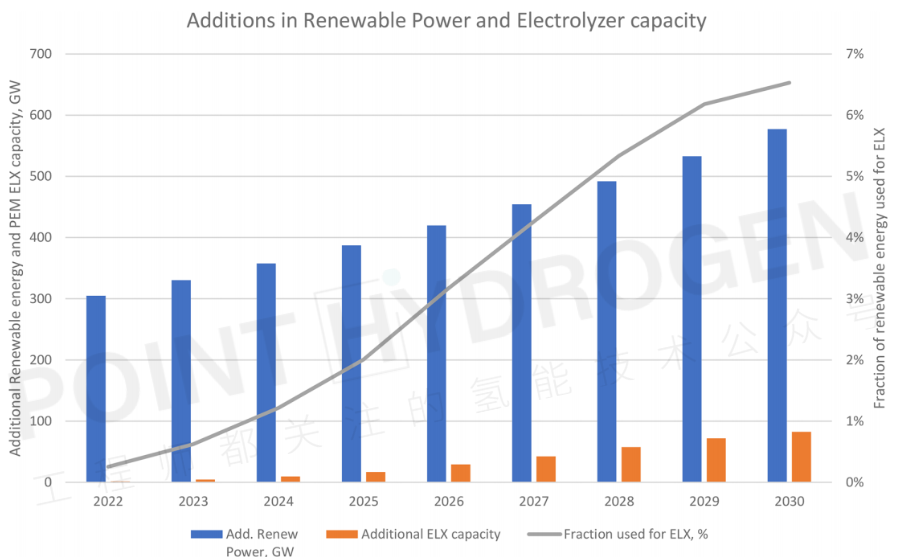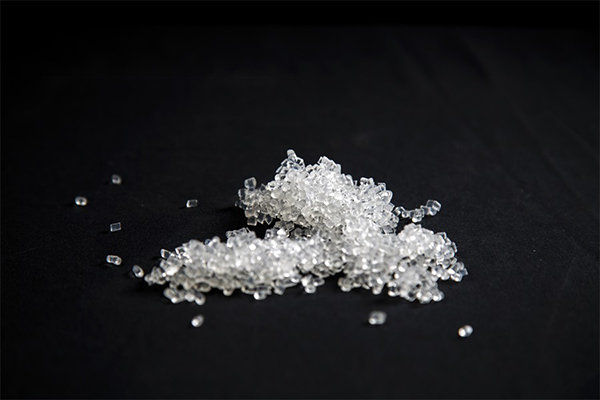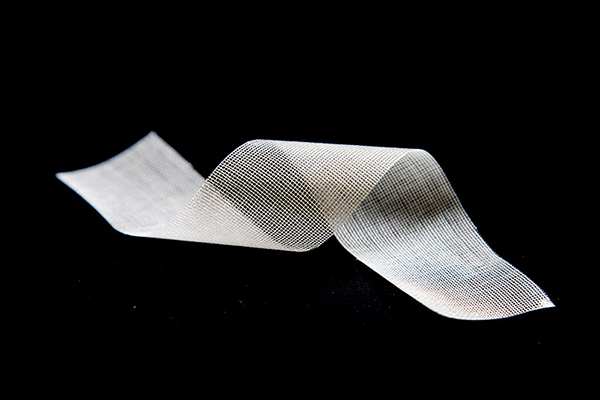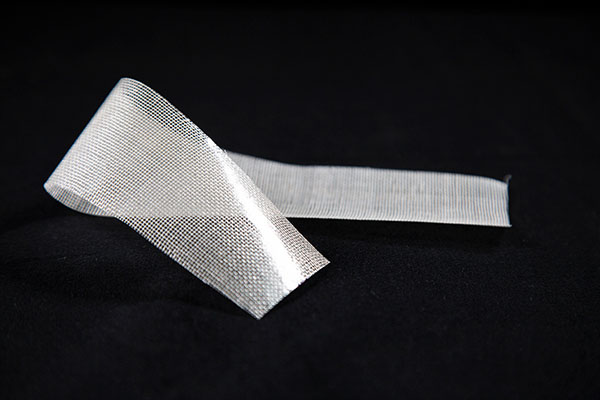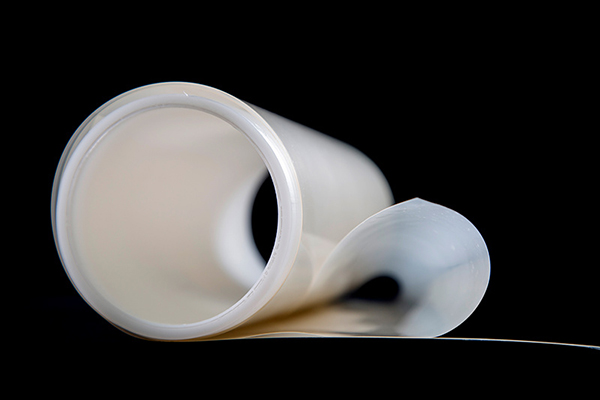Will the Iridium Supply and Cost be the Biggest Barrier to the Development of PEM Electrolyzers?
Introduction
In recent years, hydrogen has been considered a potential energy carrier for renewable energy systems, contributing to achieving net-zero emission targets. However, traditional hydrogen production is almost entirely reliant on fossil fuels. In 2020, around 90 million tons of hydrogen were produced from fossil fuels, leading to nearly 900 million tons of CO2 emissions.
The carbon-free method of hydrogen production is water electrolysis. When integrated with renewable energy sources such as wind, solar, and hydropower, the hydrogen generated from electrolyzers has zero greenhouse gas emissions, and hydrogen produced in this way is referred to as "green hydrogen." The main technologies for green hydrogen production through water electrolysis include Proton Exchange Membrane Water Electrolyzers (PEMWEs), Anion Exchange Membrane Water Electrolyzers (AEMWEs), Alkaline Water Electrolyzers (AWEs), and Solid Oxide Electrolyzers (SOEs). PEMWEs are currently the focus of research, while AEMWEs represent the future direction (as they do not require precious metals).
PEMWE Technology and Iridium Usage
PEMWEs utilize thin proton exchange membranes (PEM) (70–200 µm) to transport protons and separate the anode and cathode electrodes. On the cathode side of PEMWEs, platinum (Pt) is used to catalyze the hydrogen evolution reaction (HER), typically supported on carbon. On the anode side, iridium is commonly used to catalyze the slow oxygen evolution reaction (OER). However, iridium is one of the rarest elements on Earth (see Figure 1). Between 2020 and 2023, the cost of iridium nearly doubled (see Figure 2). Assuming an iridium loading of 400g/MW and a current density of 2A/cm² at 2V, the cost of iridium per 1 MW PEMWE increased by approximately $45,000. Therefore, reducing the cost of iridium could significantly lower the overall cost of the electrolyzer. To address this, this article will first explore the basic economics of iridium, including its demand and cost.
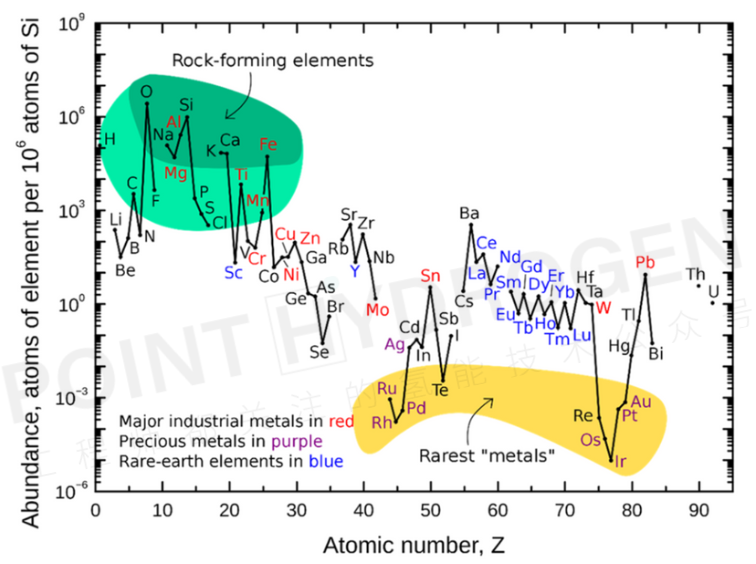
Iridium Demand Forecast
How much iridium is needed?
To determine the amount of iridium required, it is essential first to estimate the total size of the
PEMWE market and then calculate the unit demand (kg Ir/MW).
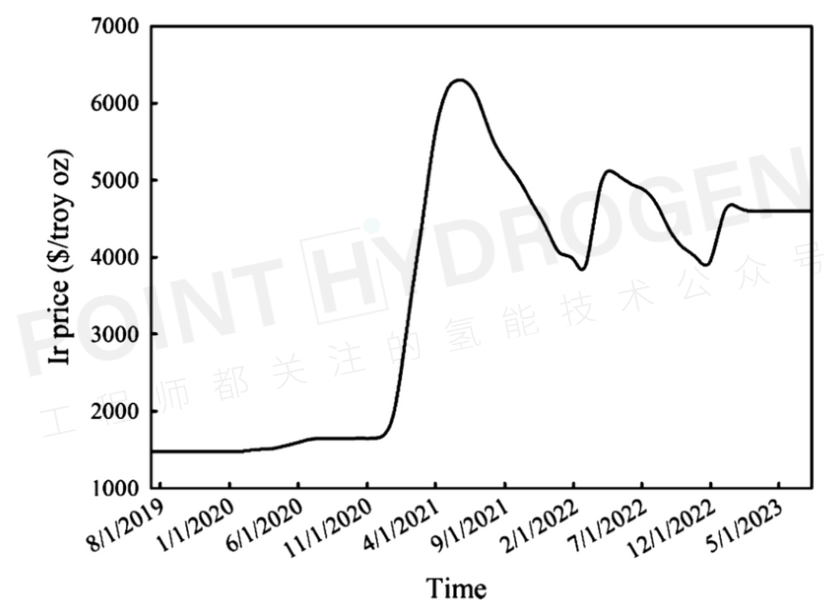
How much will the PEM electrolyzer market expand?
It is expected that by 2024, the total PEM electrolyzer capacity will reach about 4 GW. In 2021, global renewable energy capacity increased by nearly 300 GW, the majority of which came from wind and solar energy (see Figure 3). This trend is expected to continue with an 8.3% compound annual growth rate (CAGR) until 2026, leading to an increase of over 500 GW annually by 2030.
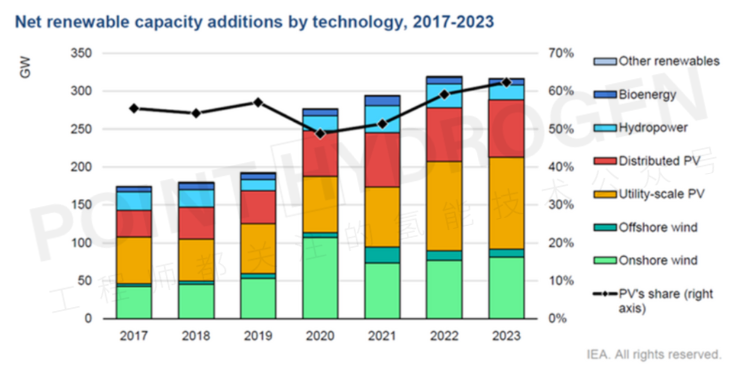
The question, however, is how much of this new green energy will be used for PEM electrolysis to produce green hydrogen? Table 1 compiles such data from IEA (2022) in three different CO2 emission scenarios: STEPS (Stated Policies Scenario), APS (Announced Pledges Scenario), and NZE (Net Zero Emissions by 2050 Scenario). IEA projects that under the NZE scenario, 11,433 TWh of electricity will be used for hydrogen production by 2050, and 879 TWh will be used by 2030 under the APS scenario.
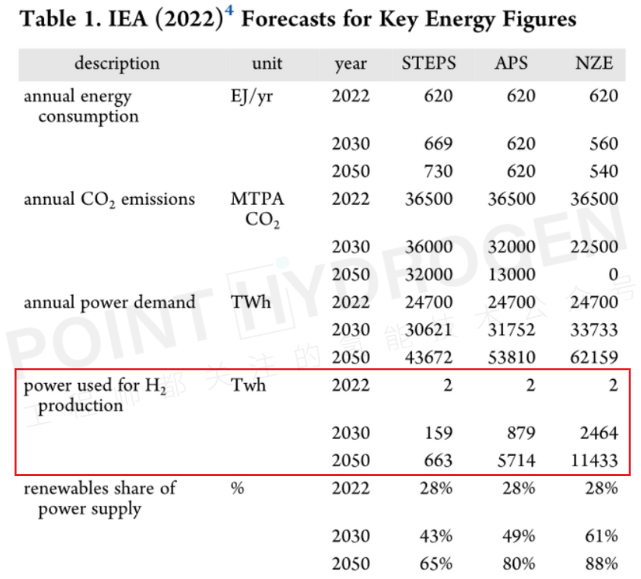
Table 2 compares these projections with those from the Hydrogen Council and McKinsey (H2C & McK) in 2021.
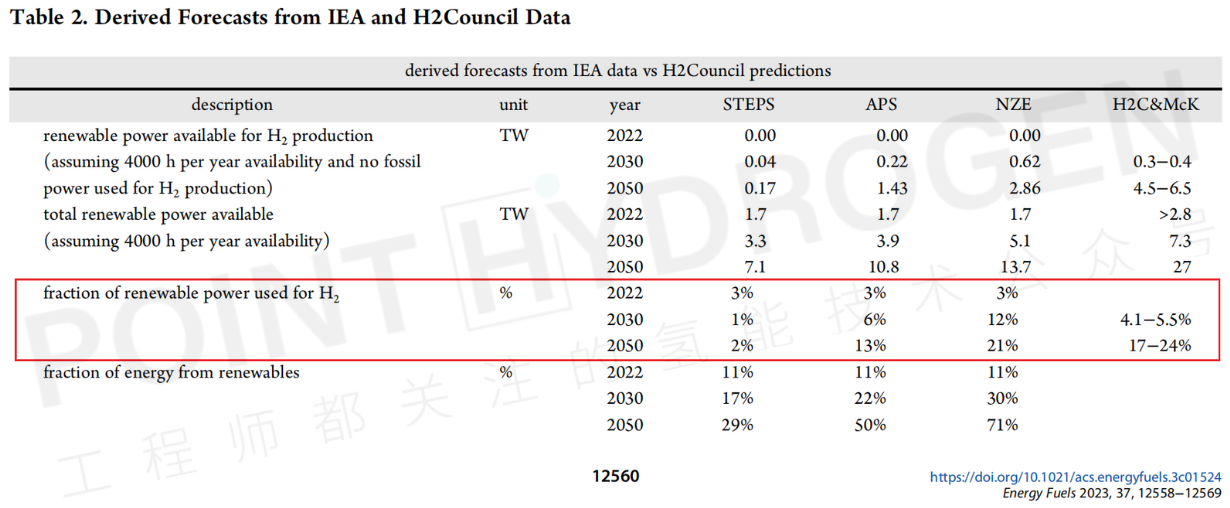
From Table 2, it can be observed that H2C & McK (2021) estimates a higher amount of green electricity for hydrogen production by 2050, but the data from both sides show a reasonable match for electricity used for green hydrogen production. Therefore, it is expected that around 4-6% of renewable energy will be used for hydrogen production by 2030 (APS scenario).
This article estimates the hydrogen production and electrolyzer capacity, as shown in Table 3. It is expected that rapid growth will occur in the early years, followed by a gradual stabilization.
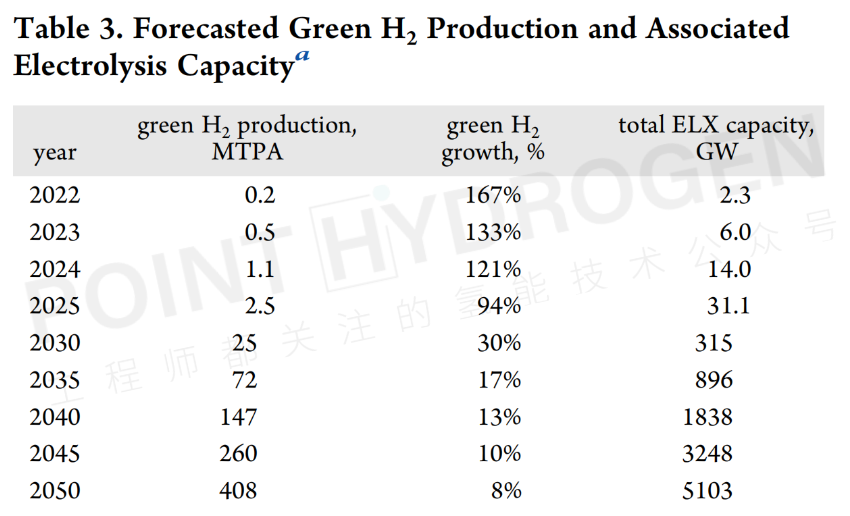
By 2030, the expected growth of the green market will be much lower than the current growth rate of PEM electrolyzers, as PEM electrolysis has already gained significant market share. In the long term, the forecast in this article aligns with the predictions of the Hydrogen Council, assuming that PEM electrolyzers will account for about 40% of the total electrolyzer market. With an estimated total electrolyzer installed capacity of 315 GW by 2030, PEM electrolyzer capacity will reach 126 GW.

The data from Table 5 come from H2C & McK (2021), Goldman Sachs (GS) – Clark et al. (2022), and Plug Intelligence. GS (2022) considers three different scenarios: bull, base, and bear market.

Figure 4 shows the projected additional PEM electrolyzer capacity from 2022 to 2030, alongside predictions for the annual growth of renewable energy. The forecast for new renewable energy follows the 8.3% CAGR mentioned above. The article estimates that initially, only a small portion of new green energy supply will be used for PEM electrolysis, but this proportion will increase significantly in the coming years, reaching around 6-8% by 2028-2030. Overall, the trend in this figure appears to be consistent with the renewable energy portion of predictions in Table 1 and Table 2.
